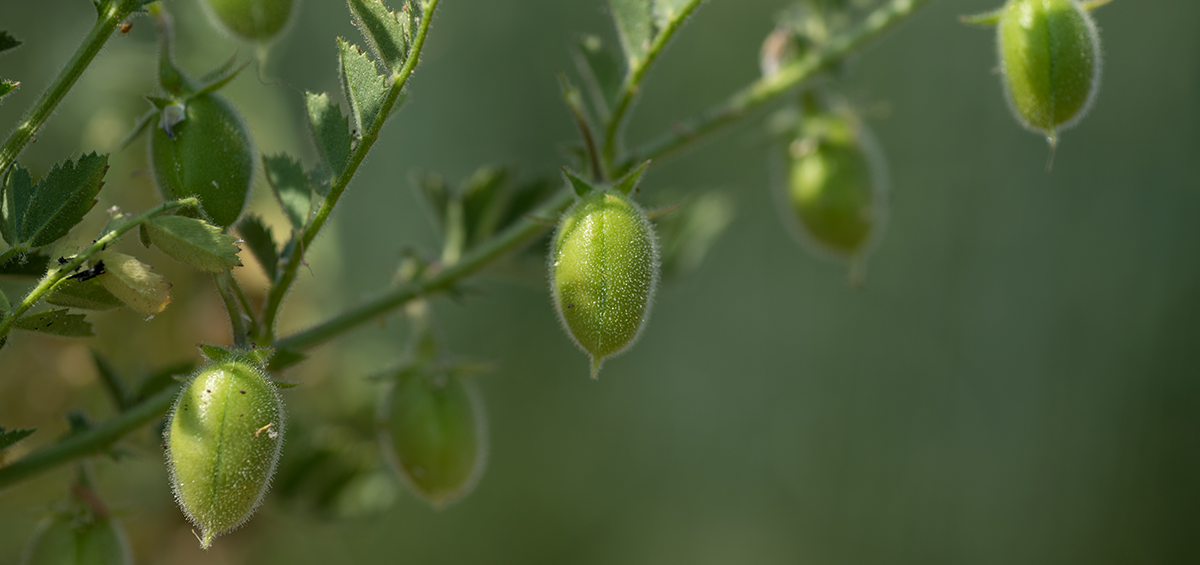- Desi, which has small, darker seeds and a rough coat, farmed mostly in India and much of the Indian Subcontinent, as well as Ethiopia, Mexico, and Iran
- Bombay (Bambai), which is also dark in color but slightly larger in size than the Desi variety. They too are popular in the Indian Subcontinent.
- Kabuli, associated with Kabul in Afghanistan. These are lighter colored, with larger seeds and a smoother coat, mainly grown in Southern Europe, Northern Africa, South America, and Indian Subcontinent, having been introduced during the 18th century to India
Chickpea belongs to a very rare species of vegetables that can be farmed more often on the same surface without reducing the yield. This is a great advantage for the dry areas, where there is no possibility of irrigation. In the coastal area, it can be sown from late autumn to early spring, while in continental area sowing begins in spring. Chickpea grows on almost any soil, except at very hard and very acidic soil. It also submits slightly saline soil.
Chickpea is a valuable food, and in many countries, it’s an important source of protein for human consumption. Mature chickpea can be cooked and eaten cold in salads, cooked in stews, ground into a flour called gram flour. Mature seeds are fried after soaking and used in the same way as roasted peanuts. It can be used in a mixture with barley for coffee. Young seeds can be eaten raw. Because of its high protein content, chickpea is increasingly used as animal feed. It also has a health value, because it improves the work of the spleen, and it has a diuretic effect.
Complete farming technology for chickpea and other arable cultures, from sowing, fertilizing to protection and harvest you can find in AGRIVI farm management system, which gives you best practices for growing your crops. Improve your farming today, use AGRIVI.





